Estimated reading time: 24 minutes
It’s November in the Mara and the living is easy. Lions retreat to the shade to sleep the day away after a night of hunting, digesting whatever prey they ate and building up their energy for another night on the prowl. Keep your eyes on rocks and low shrubs where the soil is coolest.
Besides birds and babies, the other benefit of travelling to East Africa in November is that there are no crowds. We had almost all sightings to ourselves and seldom saw other game-drive vehicles, unlike the mid-year peak season when the Great Migration rolls into town. If you want vast plains, dramatic skyscapes and glorious sightings, consider a Green Season safari to Kenya.

The most important rule on safari is: never, ever skip a game drive. You never know what’s going to happen. During the rain, it may be tempting to stay in your cosy lodge under a blanket, sipping hot chocolate. But, let’s face it, that’s not why you flew thousands of miles. The animals don’t disappear completely when it rains: African Safari Expert Bonita got this great shot of a drenched lion showing his impressive fangs.
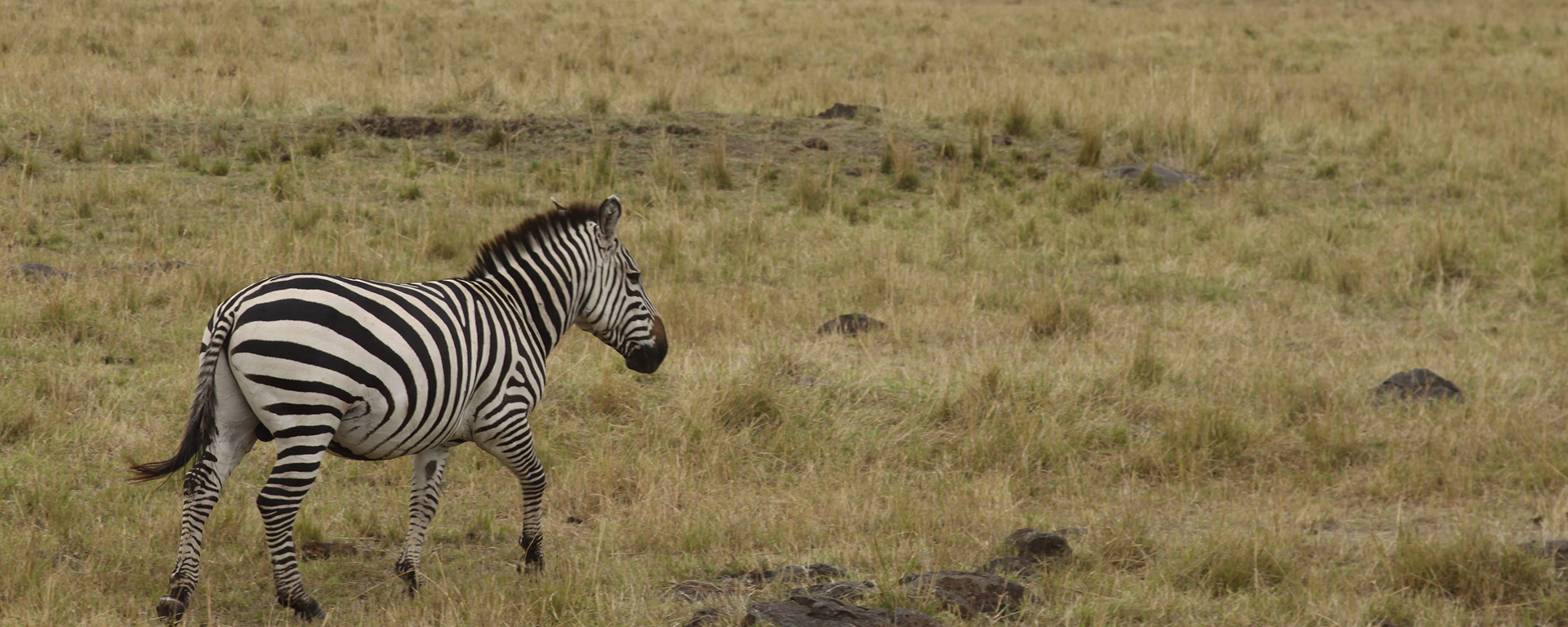
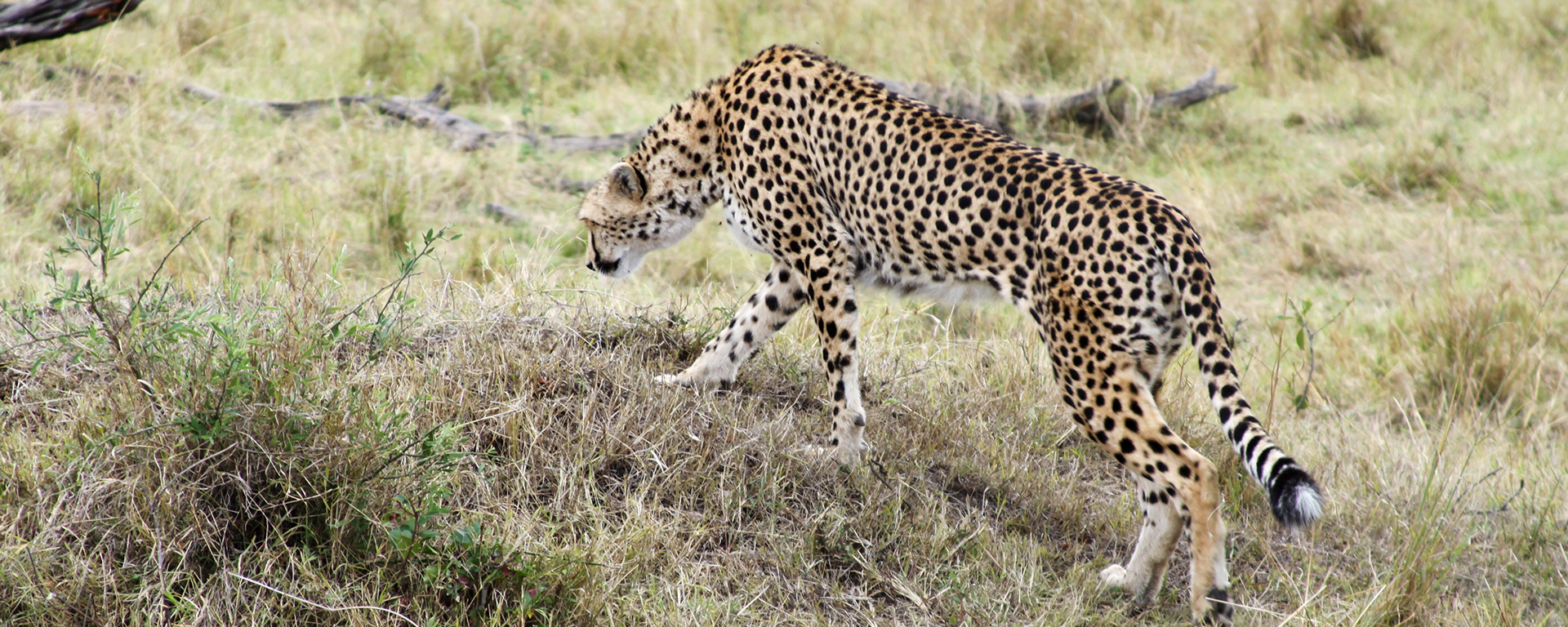
The Mara is mostly fairly flat, open grasslands and the rain clouds are like something from a cartoon. This is classic safari country and spotting game, like this lone plains zebra, is very easy.
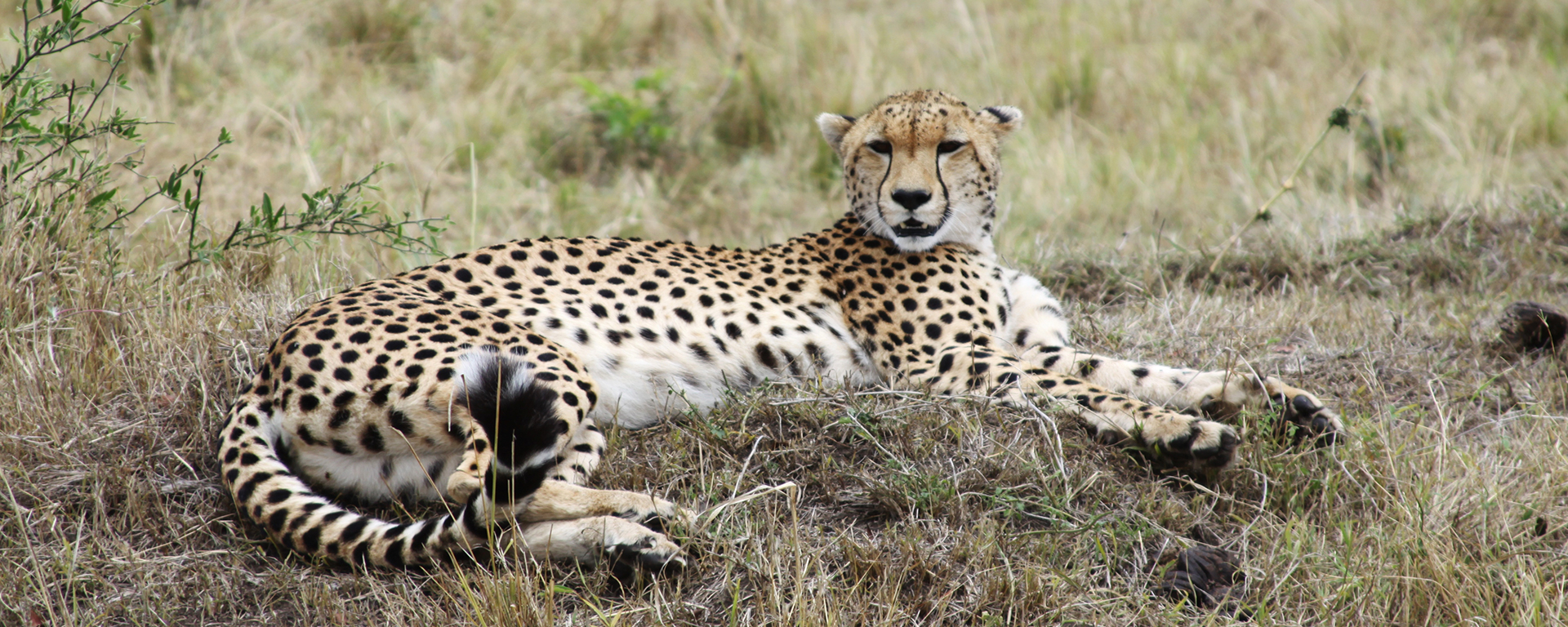
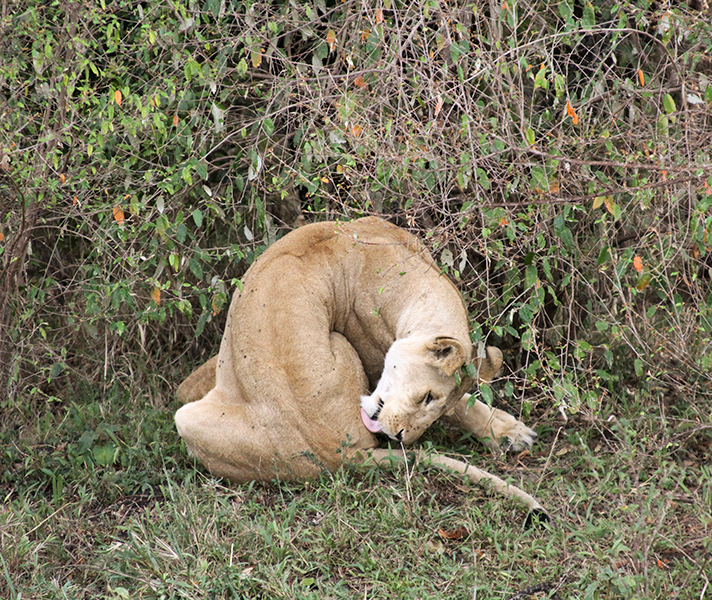
The Mara has a significant cheetah population: the flat, open terrain is perfect for their inimitable hunting style. They love to rest on elevated mounds so that they scan the horizon for further prey. We spotted this female with two juvenile cubs just minutes after landing at the airstrip.
The more you watch lions in the wild, the more you realise they really are just very massive, very powerful pussy cats. This lioness combined a spot of ‘yoga’ with her personal grooming while her two youngish cubs played nearby.
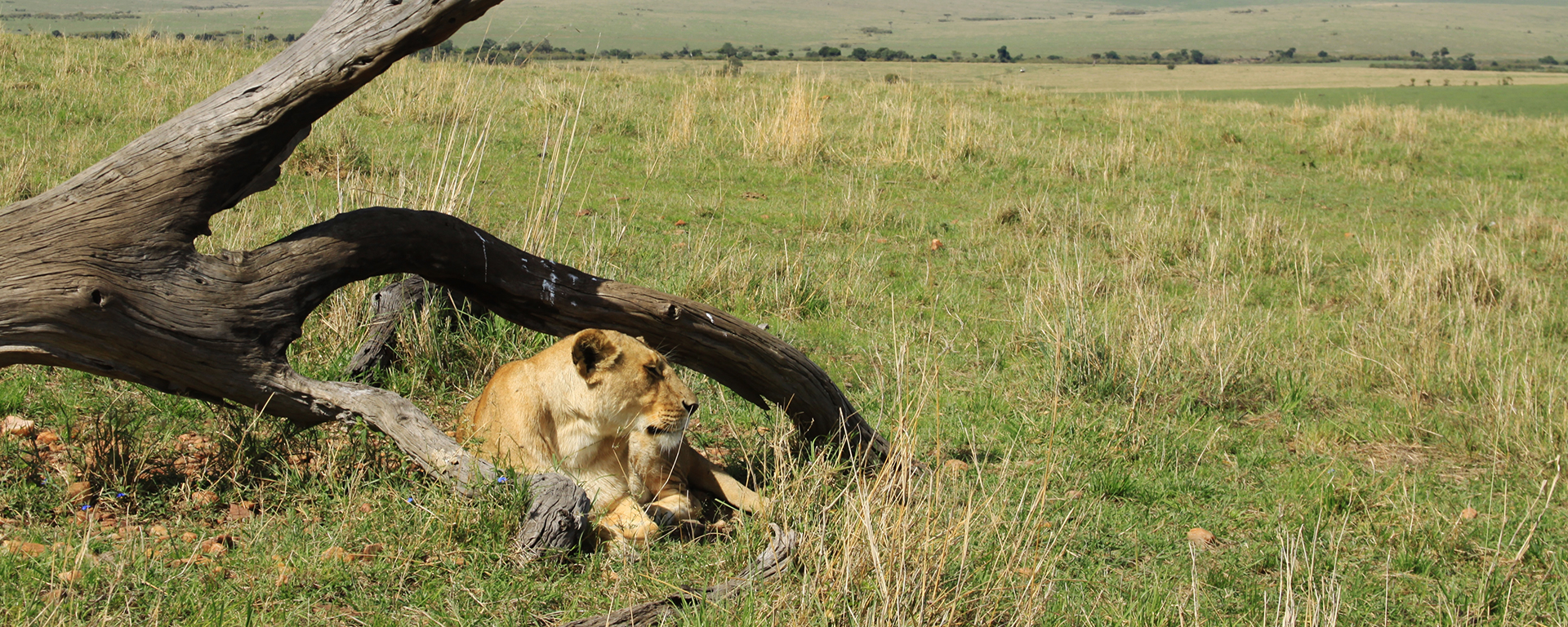
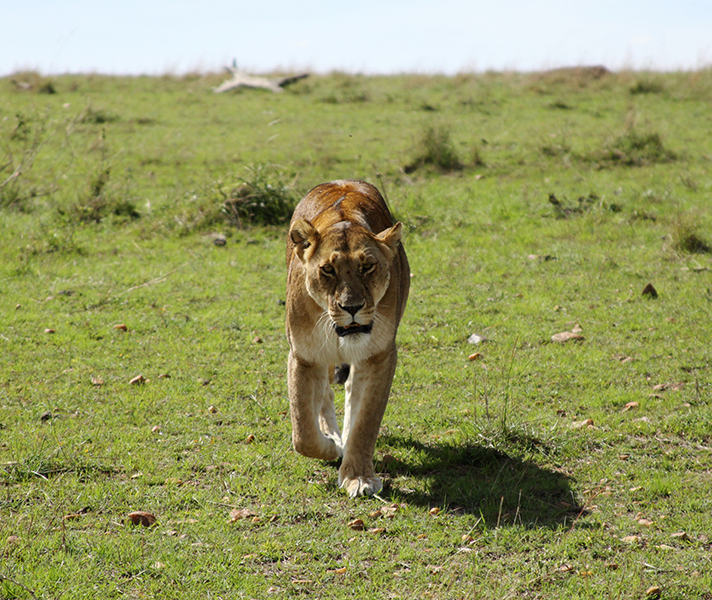
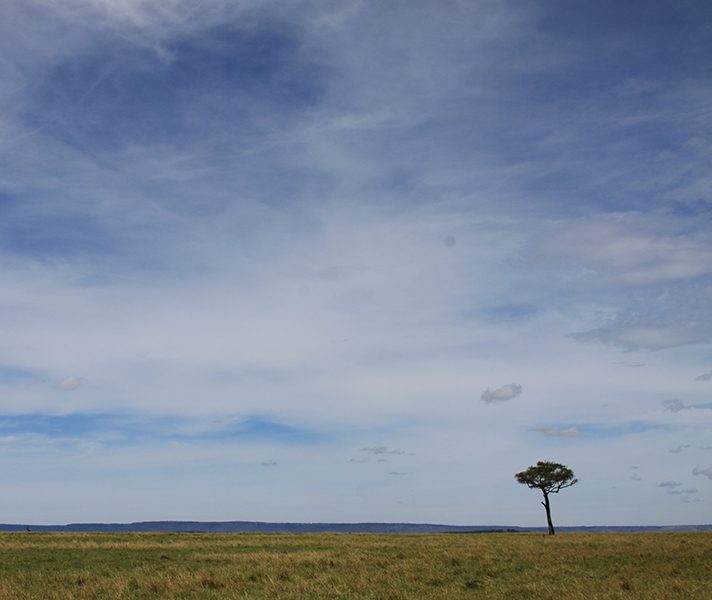
The mornings are generally hot, sunny, wind-free and cloudless. We found this lioness resting and then followed her as she sauntered off for a drink and possibly back to her den. She was clearly lactating and no doubt had tiny cubs stashed somewhere safe. When the cubs are old enough, she will lead them from their haven and rejoin her pride.
Landscape photography is very rewarding, even for rank amateurs. Over the centuries, marauding elephants have stripped vast tracts of the Mara bare until only lone trees remain in some areas.
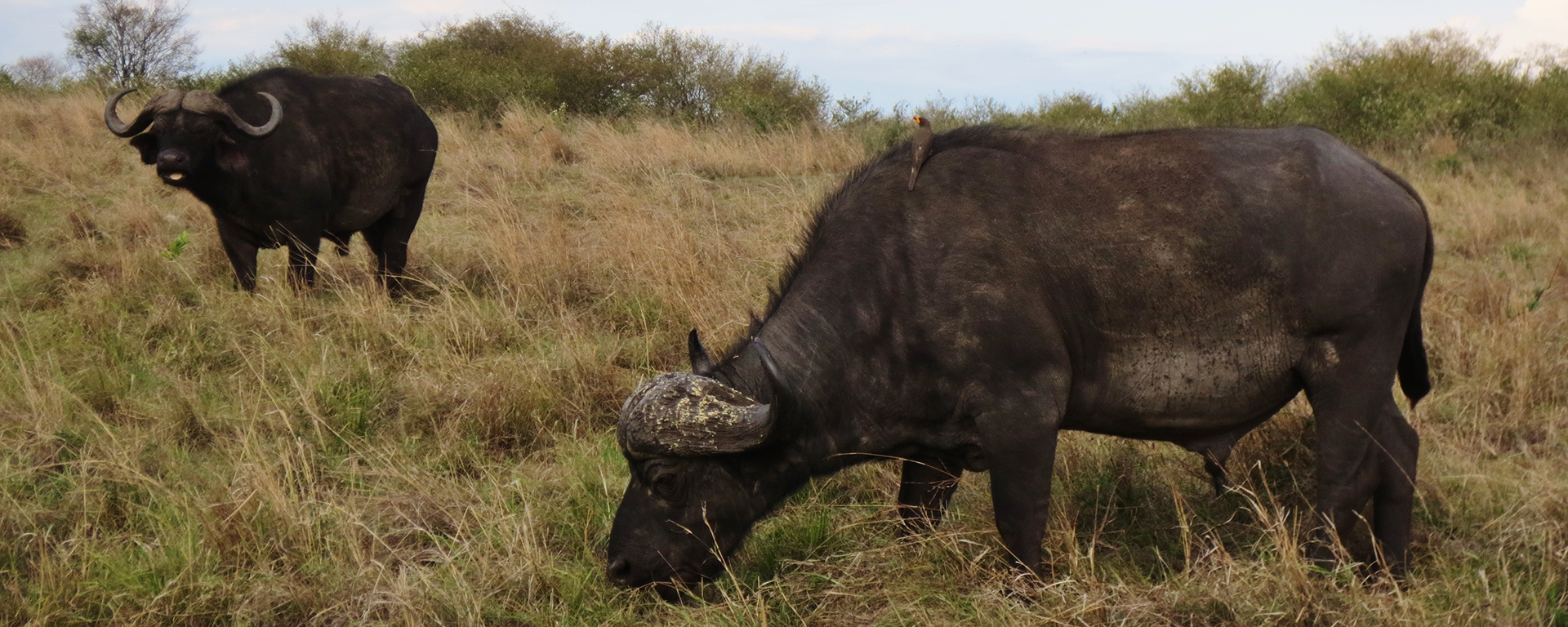
One of the most under-appreciated of all game because they’re not pretty, graceful, elusive or flashy, buffalo are actually in a league of their own. Seemingly placid cud chewers, they will tolerate their symbiotic relationship with oxpeckers (these tiny birds even crawl into their nostrils and ears to peck out ticks, fleas and other bugs). But annoy a buffalo and you better be ready to run as fast as you can: unlike rhino and elephant, these colossi give no warning, mock charges or signs of irritation, preferring to simply stampede straight ahead at top speed!
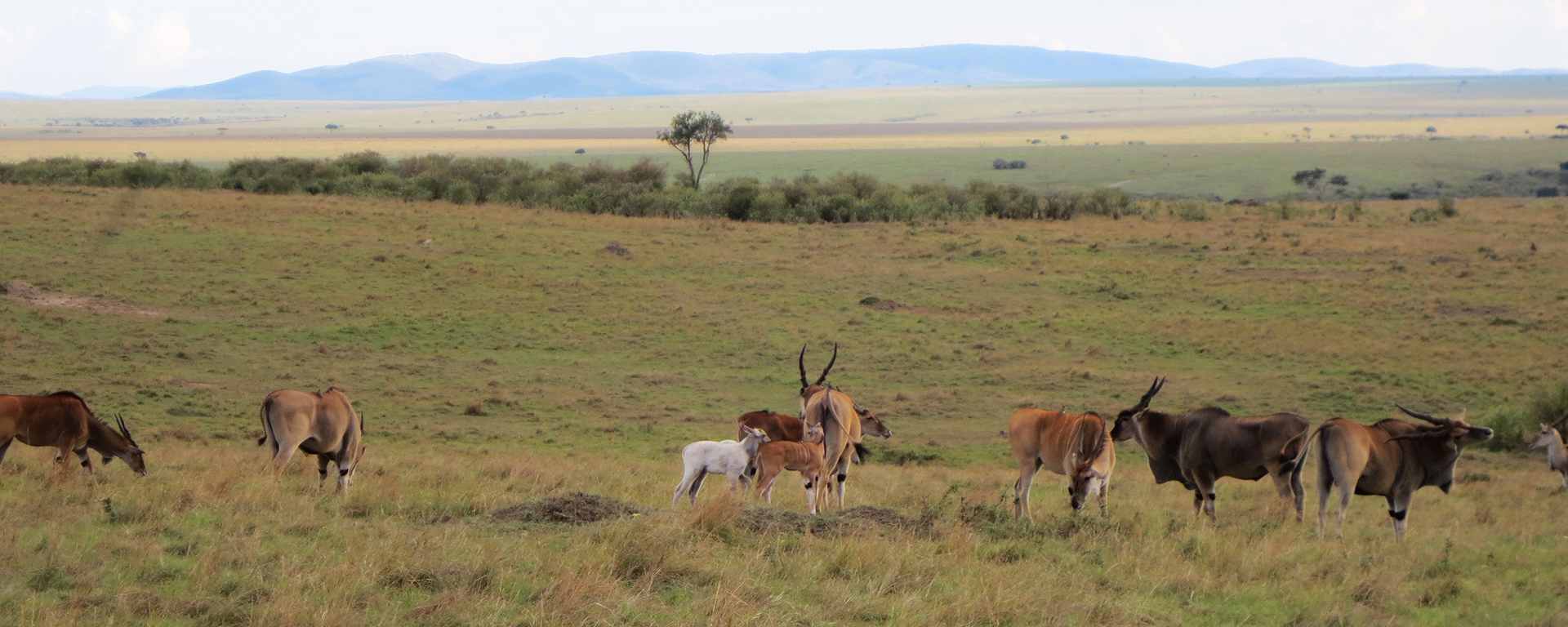
The Green Season means baby antelope are everywhere. Flooding the plains with babies all at once is a survival mechanism that gives predators too much choice, ensuring that at least some calves will live. We spotted this very rare albino eland with its herd. It’s a stark reminder how important camouflage is in nature: the vulnerable white calf stands out instantly to a hungry cheetah scanning the horizon.
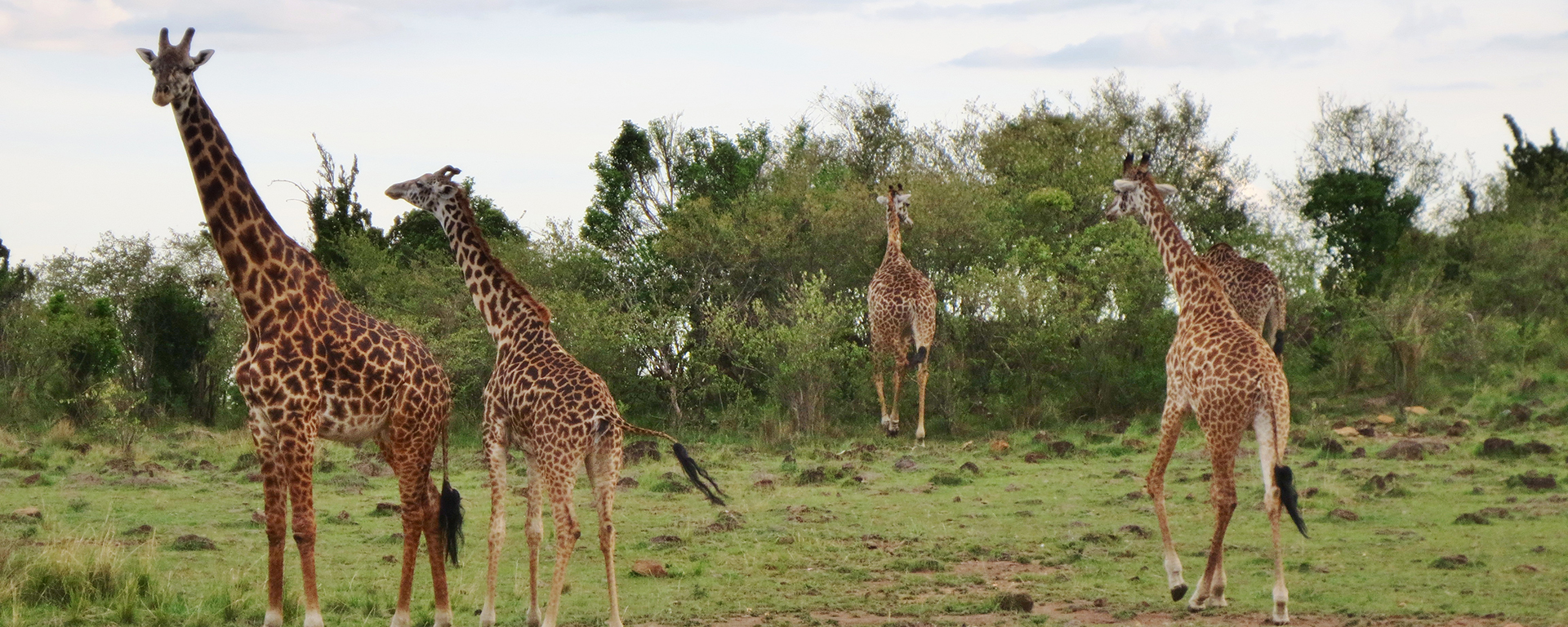
What can we say: giraffes are the best! This tower of Masai giraffes shows their distinct dark coat with sharp white rosettes (PS They’re called a ‘tower’ when they’re all just hanging around nibbling on the treetops and a ‘journey’ when they’re walking with their distinctive sloping gait). Photographers will note how the animals really ‘pop’ against the green vegetation.
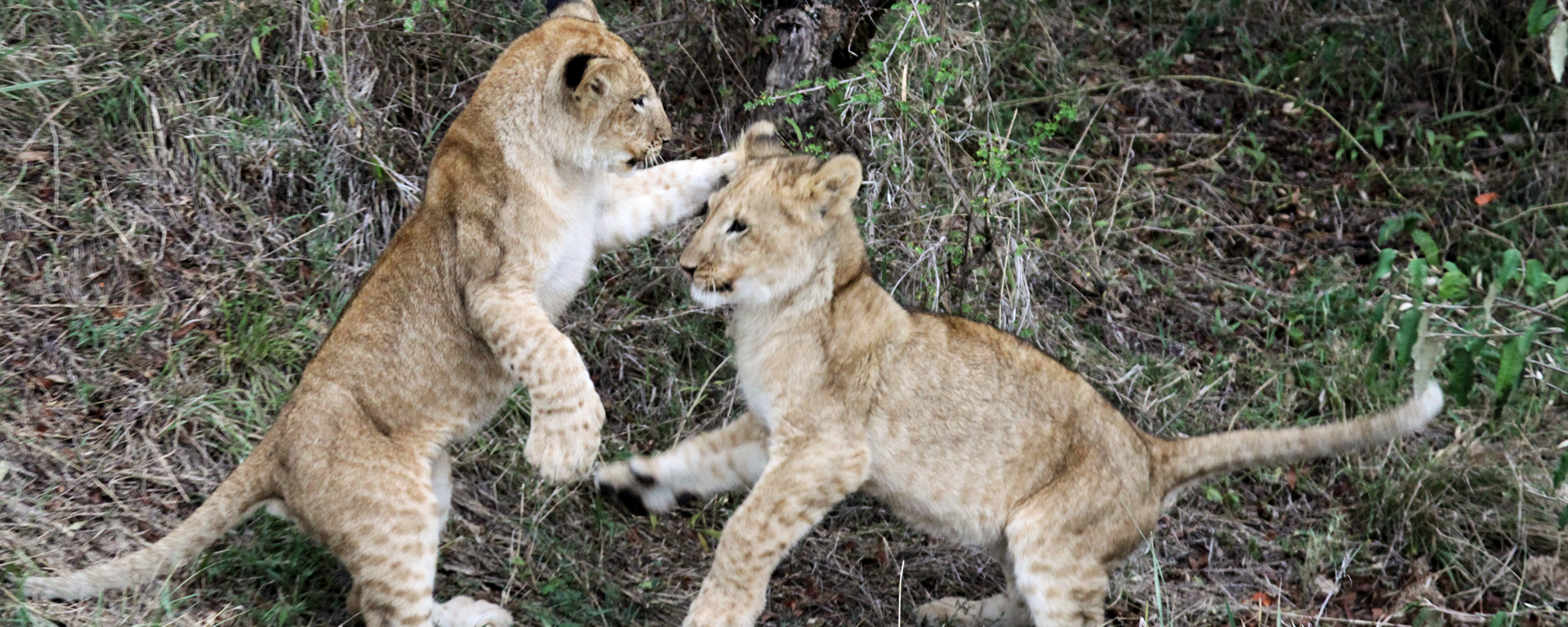
These two were old enough to have emerged from their den after been born in the high-season winter and to have started practising their hunting skills through energetic play. Notice how ‘spotty’ their coats are: these rosettes help with camouflage and gradually disappear as the lions grow into their characteristic tawniness.
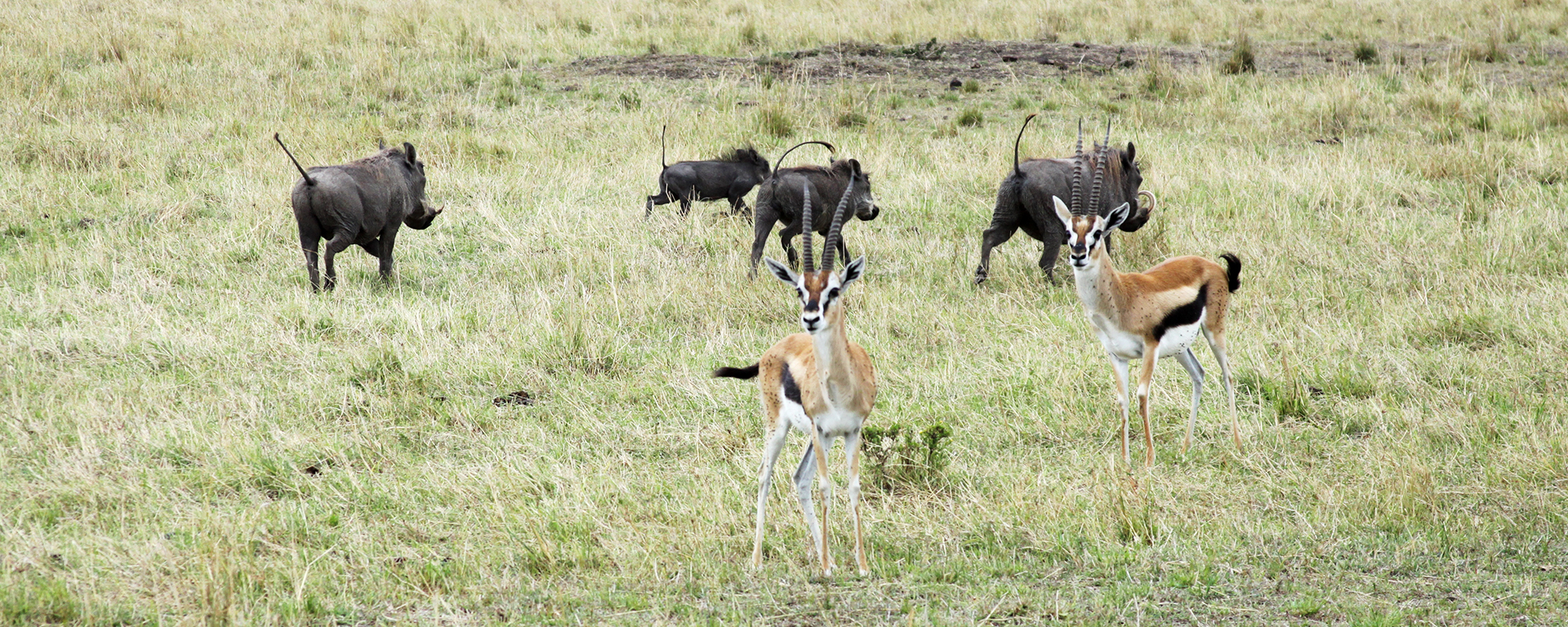
Easily confused with impala and even springbok, Thomson’s gazelle (‘Tommies’) are found far and wide across the Mara. Different species of prey often graze together, which acts as a ‘safety in numbers’ mechanism for them. Warthogs (in the background) are very playful and are constantly on the go, their piglets dutifully following mom or dad’s sticking-up tail to the next adventure.
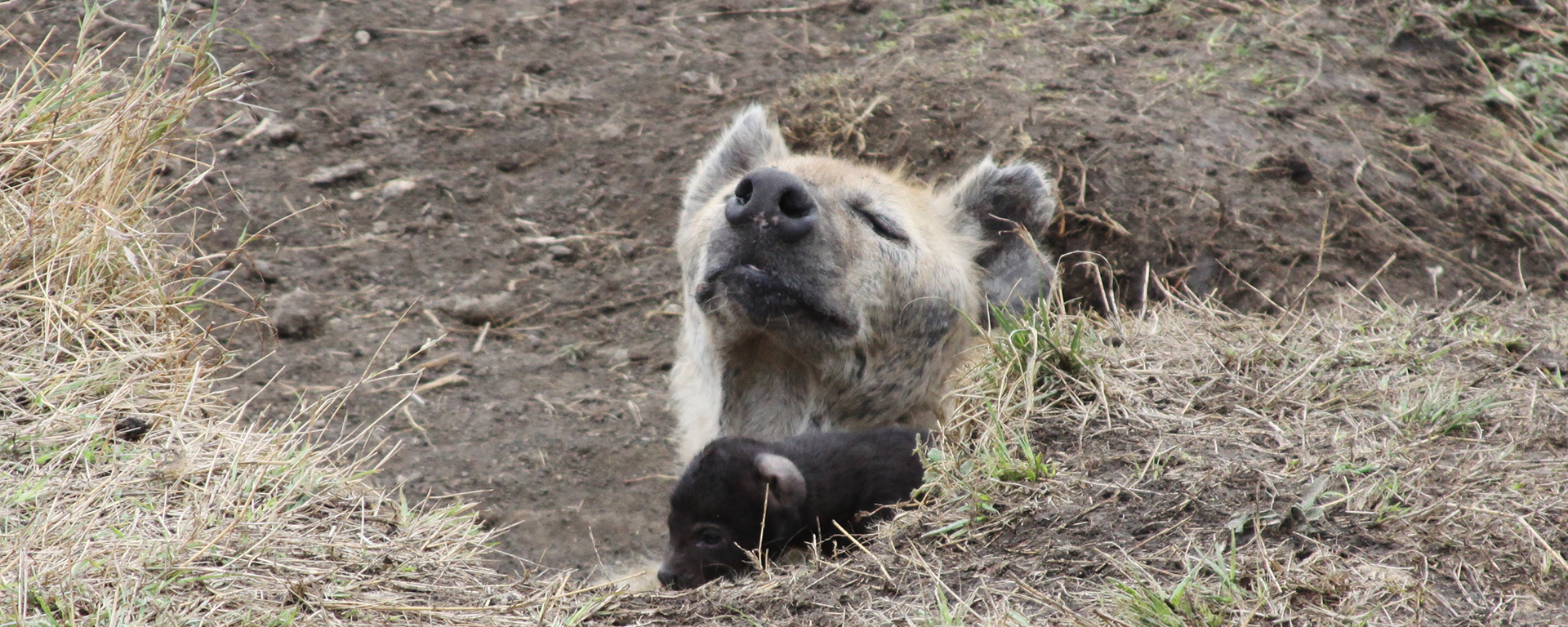
More babies, this time a virtually newborn hyena puppy. Hyenas are among the most misunderstood of all predators, unfairly tarnished as opportunistic scavengers. In fact, they are successful hunters and are organised into matriarchal families. This puppy was completely brown, unable to walk yet and made tiny squeaky noises from the warmth of its mother’s fuzzy belly. We fell in love…
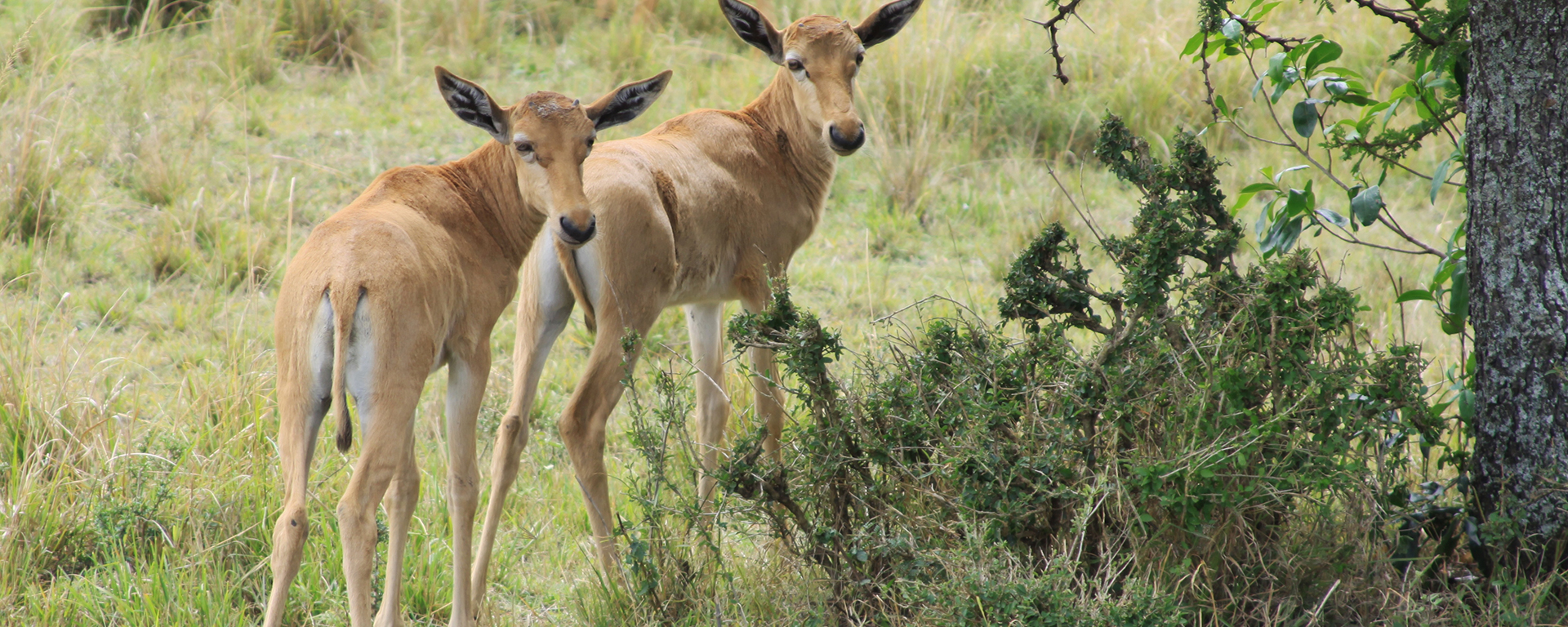
You want babies? We got babies. Topi are not the most beautiful of antelopes but their calves are undeniably adorable. Male topi often wallow face-down in puddles – the mud hardens on their horns, making them look bigger and more intimidating to other male topi (and possibly more attractive to the females who have the last say for all-important mating rights during the rut).
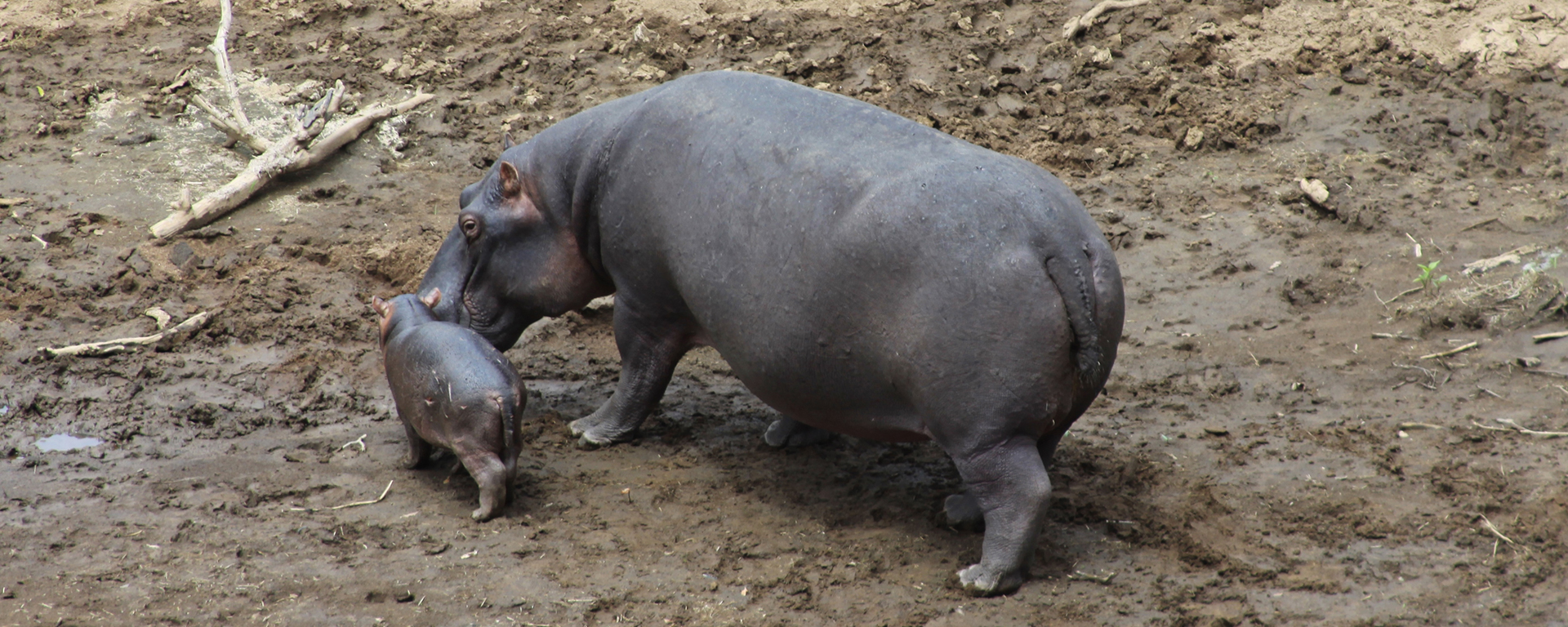
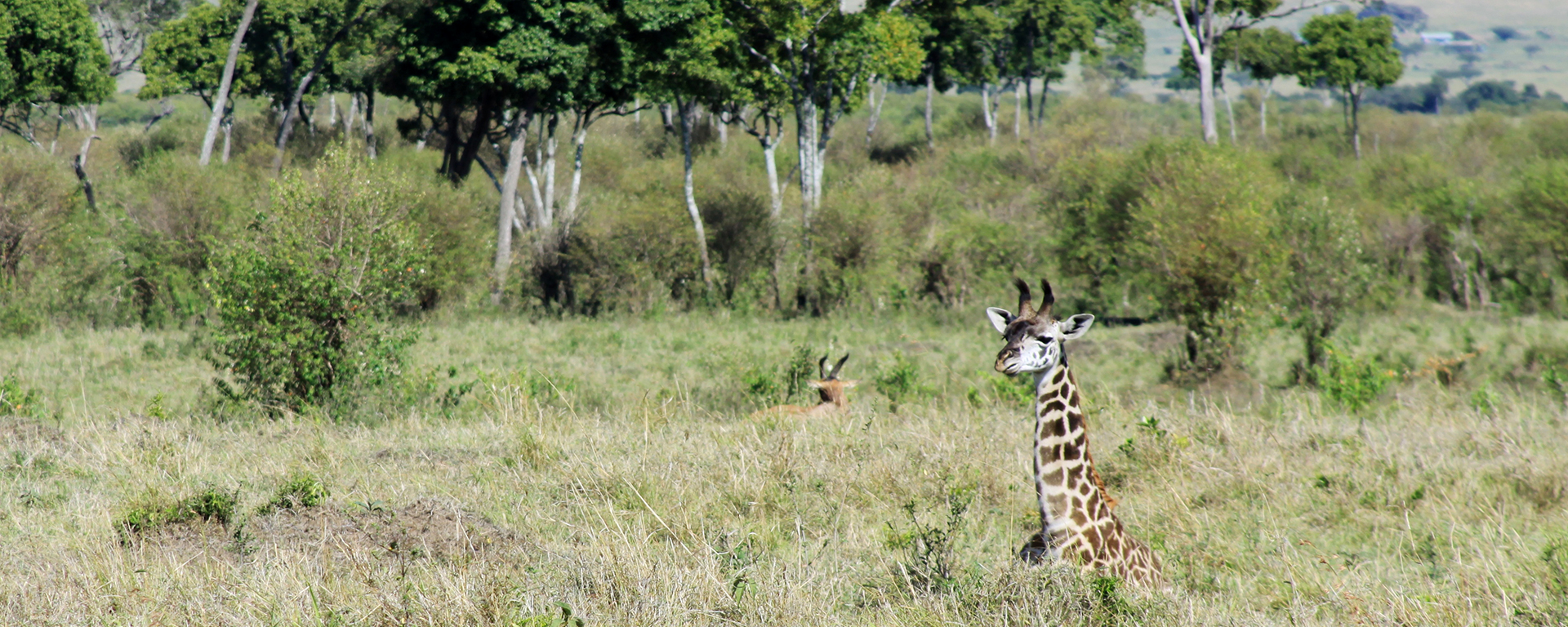
An unusual sighting along the Mara River: a very young hippo being guarded by its mom. Hippos waddle up onto land to graze long grass at night, making Green Season an ideal time to spot them and hear their infectious chortling and honking.
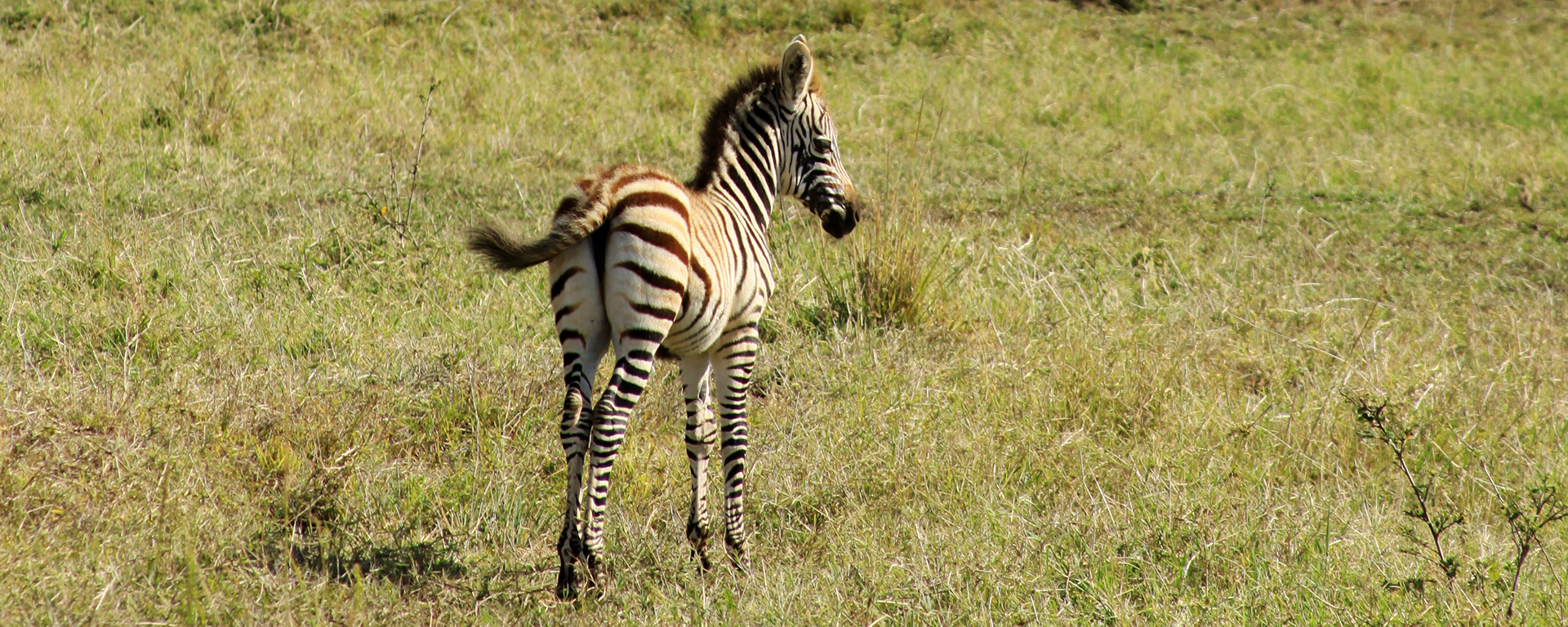
It’s not every day you see a giraffe sitting down as it makes them very vulnerable (they can’t get up quickly and easily if a predator comes their way). This little one obviously felt very secure and decided to rest a second.
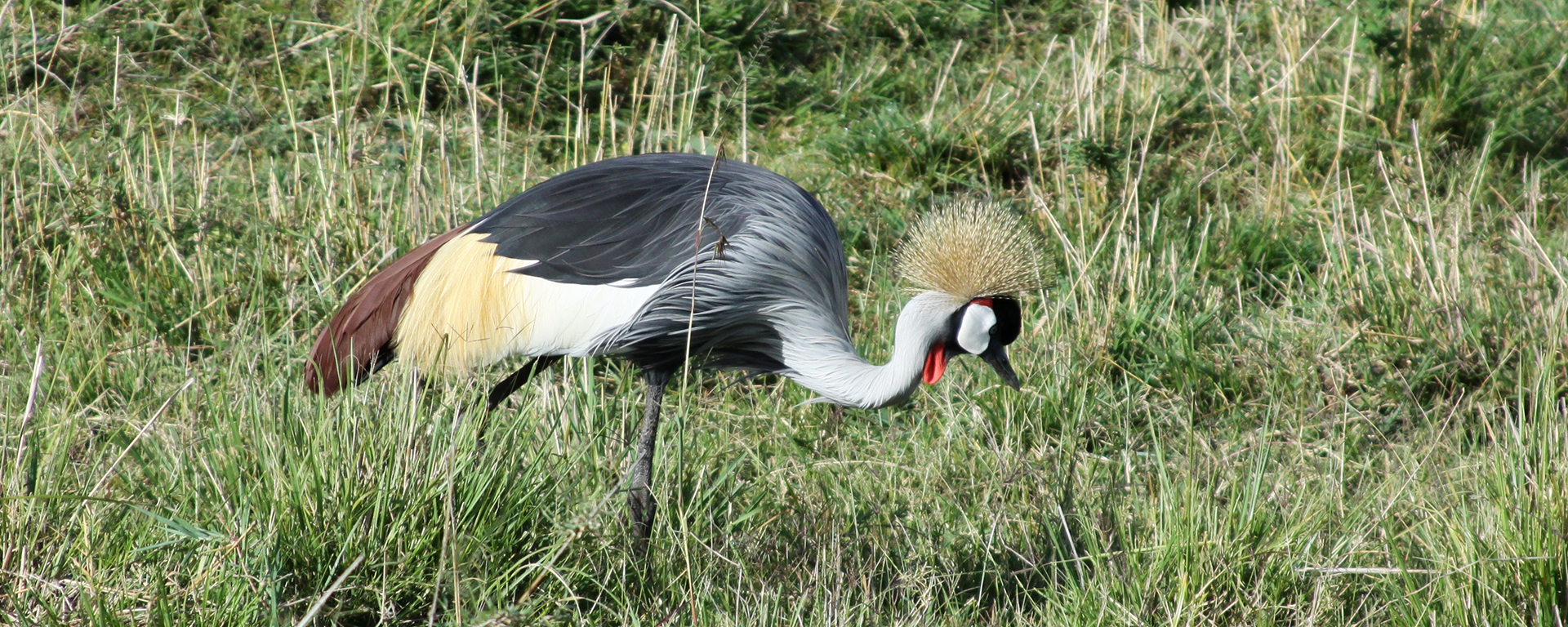
It really, really is all about the babies in November on the Mara. Zebra foals’ legs are as long as their mother’s, allowing them to not only run at top speed but also hide behind her without giving themselves away.
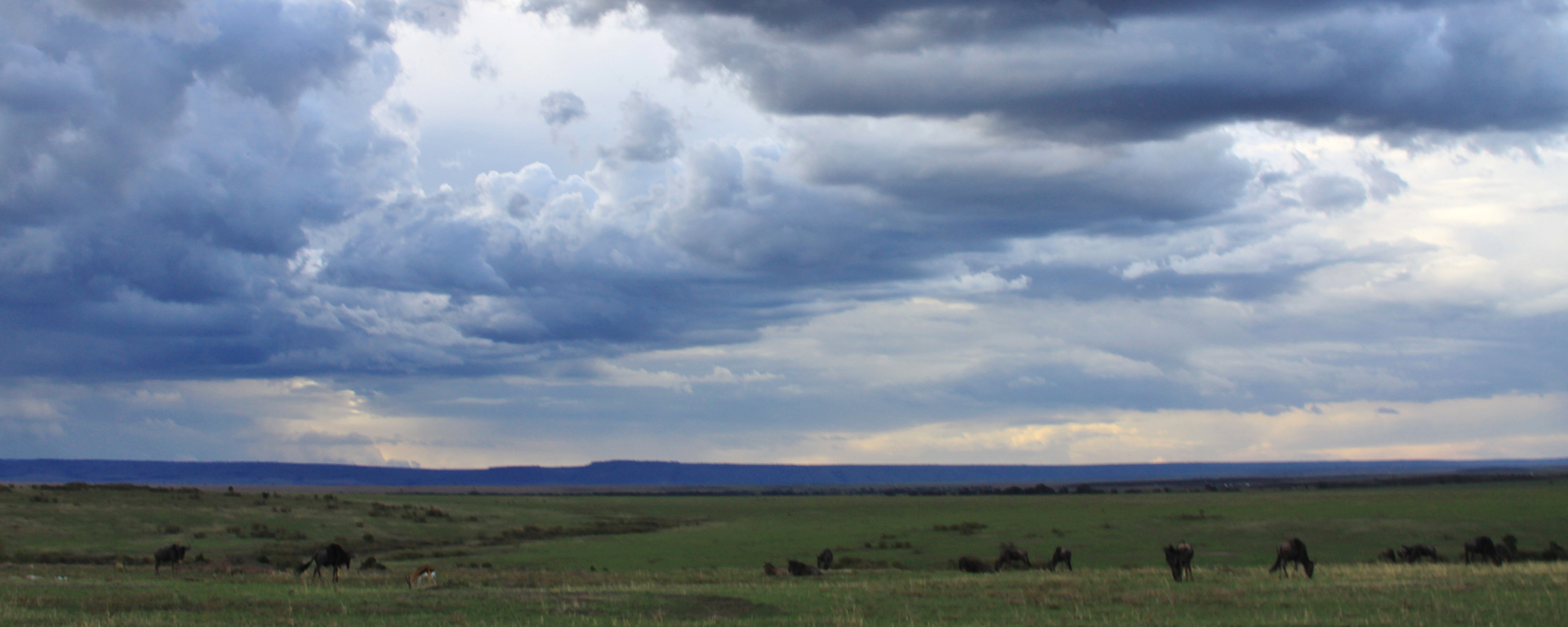
In addition to babies, take a look at the astonishing birdlife that thrives in the Green Season. Birds, like this magnificent grey crowned crane, make the most of the plentiful food available on the Mara at this time of year, gorging themselves on everything from insects and seeds to frogs and fruits, depending on the species.
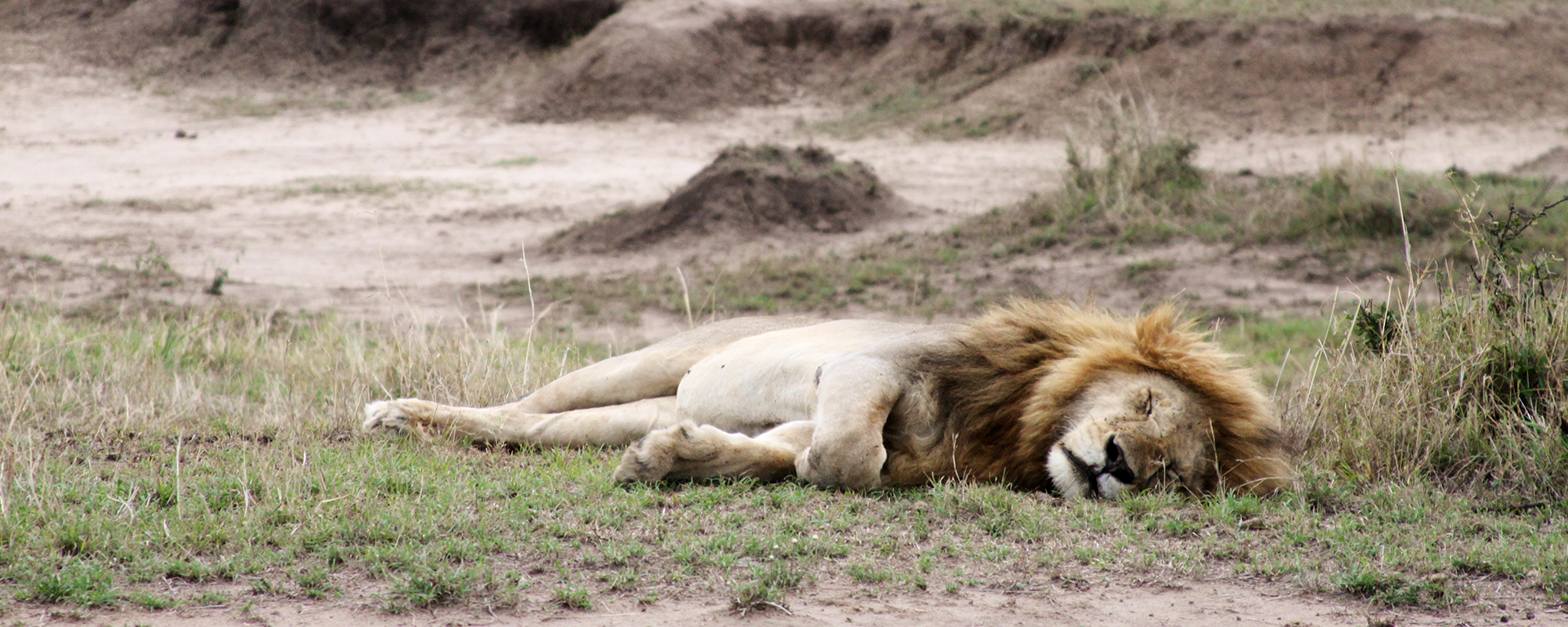
The clouds and storms are unforgettable. By late afternoon, the clouds are at breaking point and spill their pent-up rain onto the sodden Mara. Generally, it’s all over within an hour or two, unlike the long rains in March and April that are more relentless.
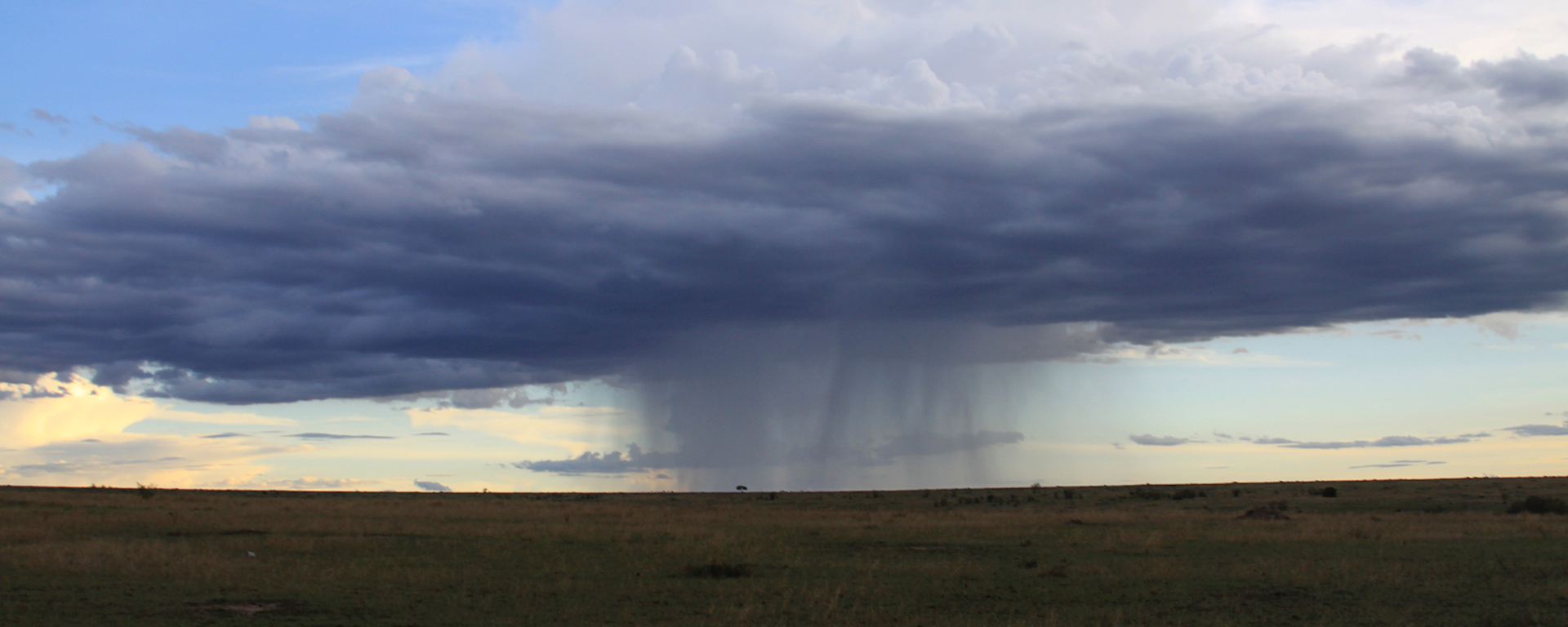
The Mara’s famous prides really fatten up during the Green Season. Prey is everywhere, water is plentiful and lions happily spend up to 20 hours a day snoozing… That’s the life!
When we say ‘rain’, we really mean localised cloudbursts. You can be bone dry and a few hundred feet away the most soaking downpour will be occurring. If you’re in the Masai Mara National Reserve, your guide will have to stick to the roads but in the Mara North Conservancy, he or she is allowed to go off-road and can sometimes ‘drive around’ the rain, keeping the vehicle dry.
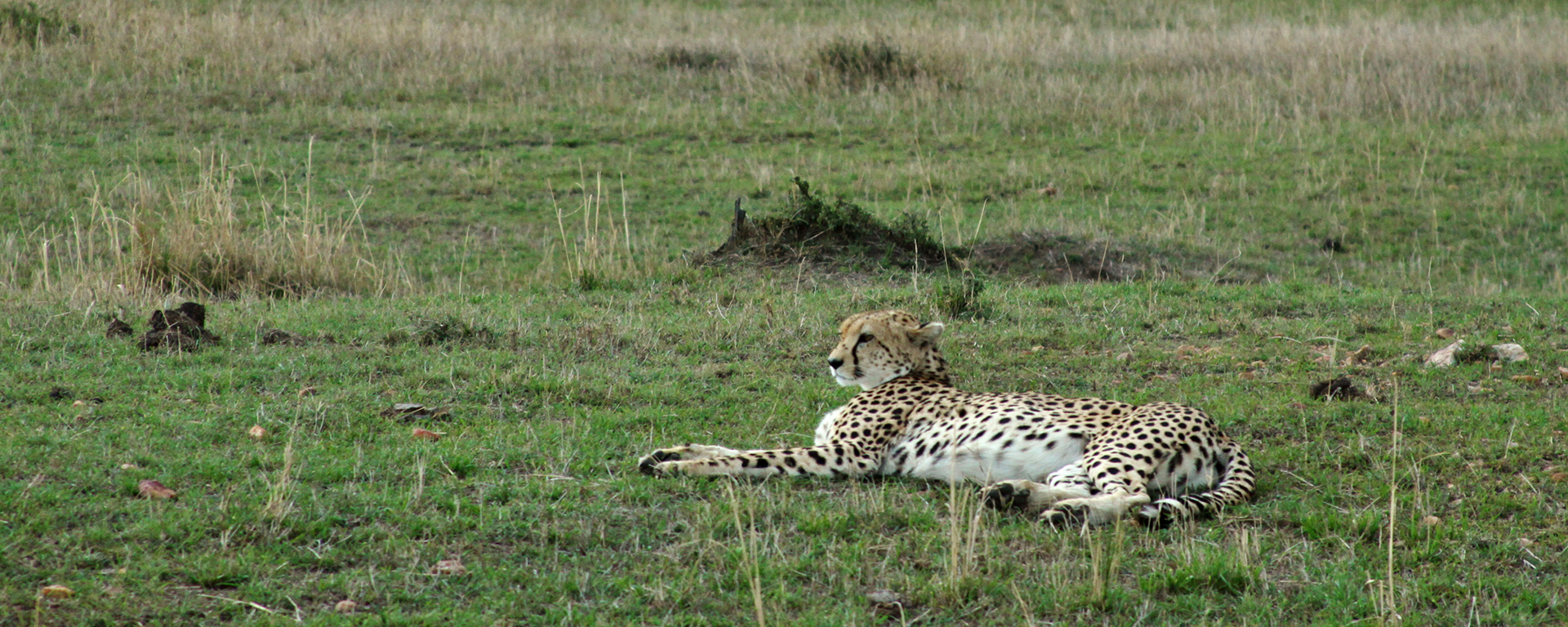
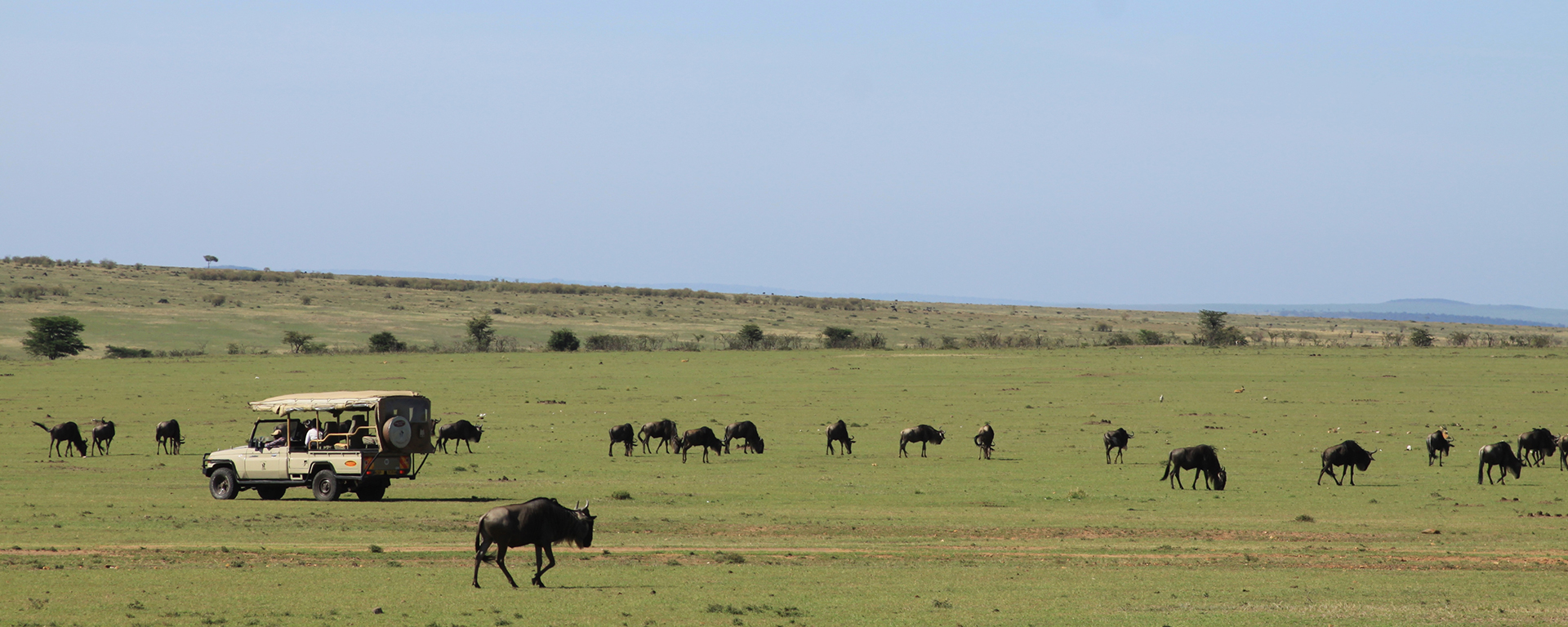
After the afternoon showers, the Mara’s sunsets are short-lived but spectacular, colouring the horizon deep pink, golden yellow and intense lilac. This was one of four cheetahs in the same group that our guide thought was a coalition of brothers from the same litter.
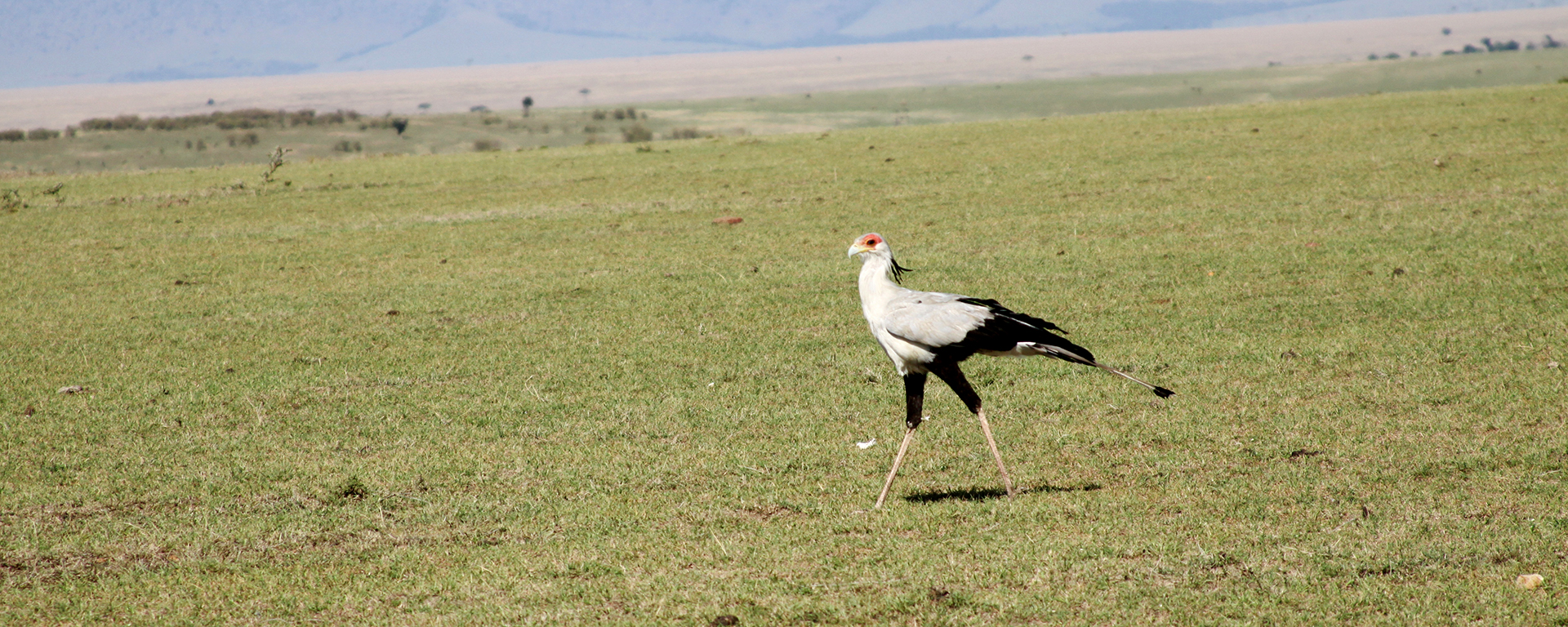
The Masai Mara is, of course, most famous for the Great Migration. But there are plenty of resident wildebeest who don’t move down south back to the Serengeti in Tanzania in November, remaining instead to enjoy the sweet fresh grass here.
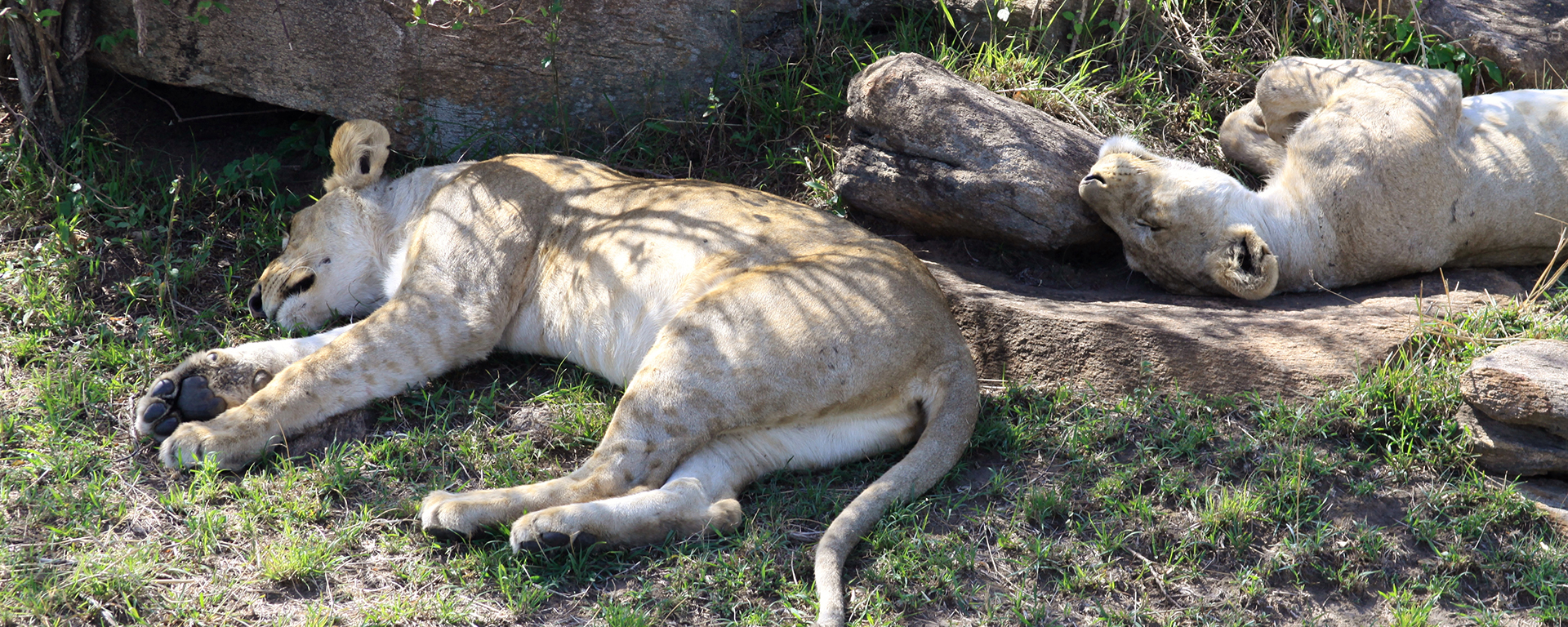
It’s not only insectivorous birds that have an ‘all-you-can-eat’ buffet laid out for them on the Masai Mara. Secretary birds stalk the plains in search of snakes, using their tough claws and muscular legs to wrangle the reptiles into submission. These magnificent birds have been known to walk 30 kilometres / 18 miles A DAY in search of food.
It’s November in the Mara and the living is easy. Lions retreat to the shade to sleep the day away after a night of hunting, digesting whatever prey they ate and building up their energy for another night on the prowl. Keep your eyes on rocks and low shrubs where the soil is coolest.
Want to know more about Kenya’s secret places and incredible wildlife? Sign up to our newsletter for insider info on African travel. If you’re ready to start planning your dream safari, get in touch with a friendly African Safari Expert today.

